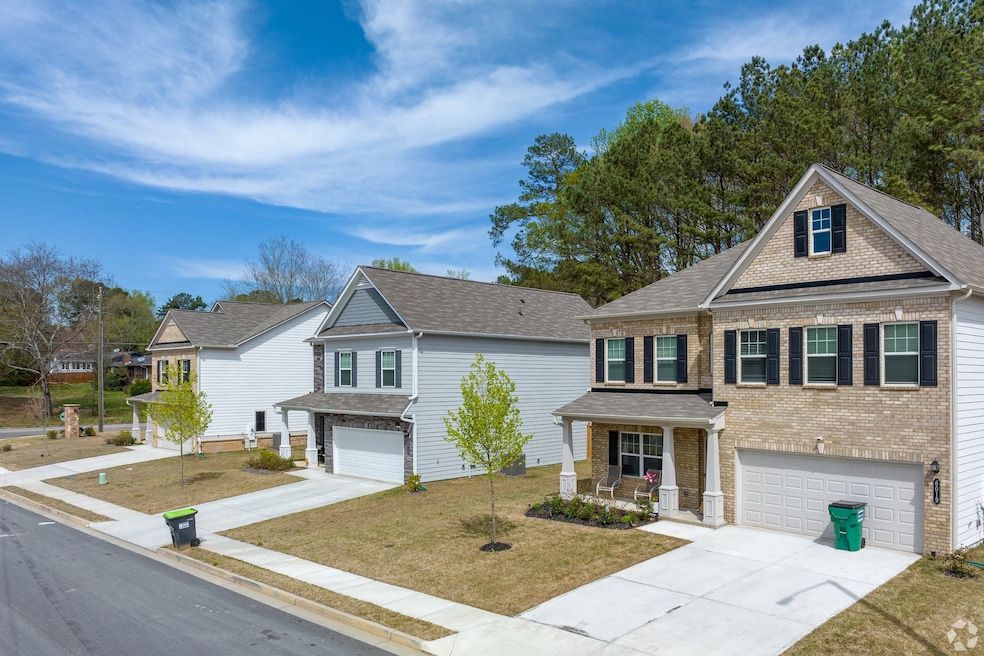Due to buyer affordability challenges, U.S. homebuilders are offering sales incentives at the highest rate since 2019, before the pandemic.
According to the National Association of Home Builders/Wells Fargo Housing Market Index, a survey of builders nationwide, homebuilder sentiment regarding new single-family home sales remained negative for the 16th consecutive month.
August survey results published Monday showed builder confidence decreased one point to 32. Any reading below 50 is considered negative.
Amid the negative sentiment, the share of homebuilders reporting sales incentives increased 4% in August to 66% from 62% a month earlier. This is the highest percentage since the pandemic, said the trade association.
Sales incentives are offered as a solution to factors such as 7% mortgage rates and historically high home prices that builders believe have kept buyers from purchasing new homes. The median price of a new home was $401,800 in June, according to the U.S. Census Bureau.
Sales incentives can be mortgage rate buydowns, free upgrades, closing cost credits, or extended warranties, for example.
The higher rate of reported incentives was also the first significant month-to-month increase since February, when the percentage of builders saying they offered them dropped to 59% from 61% in January.
In an earnings call in July, the CEO of homebuilder Ashton Woods said more homebuilders were ramping up incentives, getting more competitive, or offering incentives when they previously did not.
Sales incentives have also cut into homebuilders’ profits. Several large builders, including D.R. Horton and PulteGroup, posted recent double-digit declines in net income.
According to the survey, 37% of homebuilders reported cutting home prices by an average of 5%, the average price cut that's held since November.
Regional strength
Small regional builders do not have the resources that large publicly traded builders do to offer sales incentives, builders have said. NAHB analysis shows that the majority of builders are classified as small businesses. As a result, many are unable to offer significant incentives.
In some regions, sales incentives aren’t necessary. This is true for Quad Cities and Chicago-area builder Silverthorne Homebuilders.
“In the Midwest, frankly, and all the other people I know in the Midwest, our sales have still been healthy,” said Silverthorne founder Jim Work. “It’s not gangbusters like it used to be a couple of years ago, but I think that’s good. I think it’s healthy.”
In the survey’s regional results, the Midwest and Northeast posted the highest level of confidence in new home sales, at 42 and 44, respectively. Confidence in home sales in the South dropped to 29, and sank to 24 in the West.
For Work, the strength of demand in the Midwest comes from a lack of supply.
“We still have less homes available for sale than we did in 2019, and if you’re moving to Chicago for a new job, it’s hard to find a house,” said Work. “I feel bad for people.”


